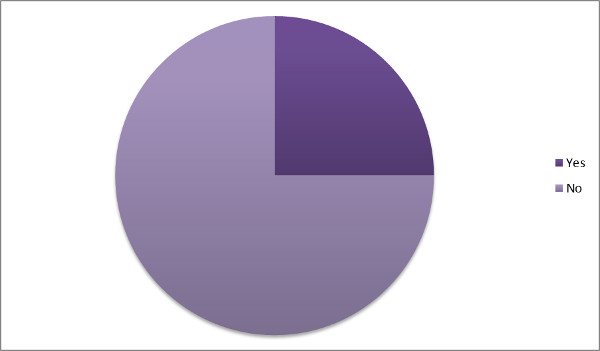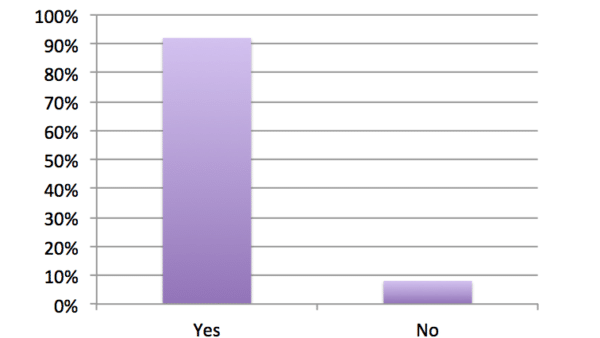
The optimal occupancy rate for a hospital is 85 percent, but in many hospitals around the world the occupancy rate is actually significantly higher. When the rate remains high for prolonged periods of time, it creates a chronic shortage of beds for patients. Sometimes rather than an overall shortage, specific departments face bed shortages. In such circumstances, patients may be sent to different departments of the hospital to recover: but what happens to patient care under such circumstances? Patients and families report that it applies more pressure on them during recovery, but is it problematic enough to become unhealthy?
We asked nearly 1000 doctor from 21 countries: Do ‘overflow’ patients who end up in a different ward than they would ideally be in get the same level of care? 3 in 4 doctors agree that patients receive worse care when placed in a different ward.
Are you a physician? Join Sermo to vote in polls on important healthcare issues.
This poll was fielded in June of 2017. The margin of error for this poll was ±3%. Respondents were verified, licensed physicians from Argentina, Austria, Australia, Canada, Chile, Colombia, Germany, Spain, Finland, France, Great Britain, Greece, Hungary, Italy, Mexico, the Netherlands, Norway, Poland, Sweden, the United States, Venezuela and South Africa.














